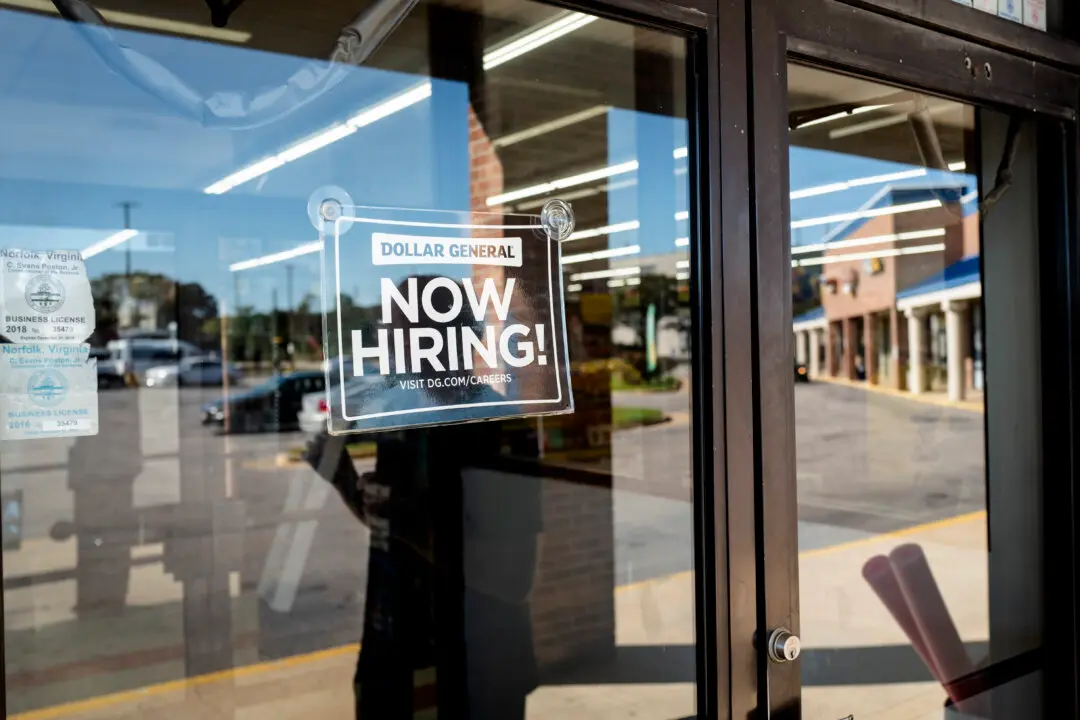It has been a tumultuous year for the cryptocurrency industry, from the crash in prices to the FTX meltdown. However, a new study finds that hasn’t discouraged many young investors from parking their disposable income in crypto.
According to a new Crypto State of the Industry Report by brokerage firm tastyworks, Generation Zers and millennials are investing in virtual tokens.





